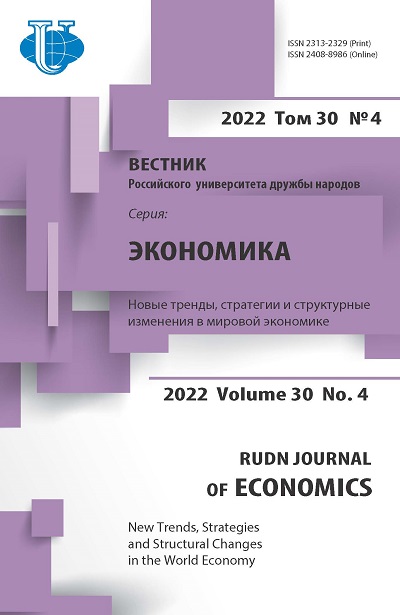Abstract
In the modern world economy, we can observe, how some regional economic integration associations are becoming centers of attraction for foreign direct investment (FDI), while others are experiencing an acute shortage of them. This situation can be traced when comparing two integration groupings - the Association of Southeast Asian Nations (ASEAN) and the Eurasian Economic Union (EAEU). Information from various media and scientifi publications indicates that the EAEU, of which Russia is a member, today can hardly be called successful in attracting FDI. ASEAN, on the contrary, is the largest recipient of foreign capital among developing countries. In order to actually support this information and determine specifi quantitative discrepancies between the volume of FDI infl to the EAEU and the volume of FDI infl to ASEAN, relevant statistical data were analyzed. It has been proved that the infl of FDI to the EAEU, even during favorable periods of growth, was signifi lower than the infl of FDI to ASEAN. Such circumstances make you think about the reasons that cause them, and also raise additional questions. What are the competitive advantages in ASEAN for attracting FDI in comparison with the EAEU? What can the EAEU do to attract more FDI? To answer these questions, a comparative analysis of the EAEU and ASEAN was carried out, including two stages. The fi stage was to compare their main economic and geographical indicators, and the second stage was to compare them with the position of the motives of foreign investors. It is concluded that the main reasons for the diff in FDI infl to ASEAN and to EAEU are, fi , the stronger position of ASEAN in economic and geographical indicators, and, secondly, the availability of conditions in ASEAN to satisfy almost any of the motives of a foreign investor. The author gives brief recommendations to the supranational bodies of the EAEU on improving conditions for foreign investors.















